Buyer’s Guide to Traditional Radiators
As we snuggle up at home this autumn, it’s easy to forget that, right up until the post-war period, central heating was a luxury that most people simply didn’t have. No wonder, then, that some domestic radiators from the Victorian and Edwardian eras are so ornate: they were status symbols, and treated as works of decorative art in their own right.
These days, you can easily pick up an radiator that’s a direct copy of those early opulent models, as well as much plainer styles that take their inspiration from those in the schools, hospitals, factories and other places where central heating has historically been more prevalent. It’s these simpler designs that are finding more favour with modern tastes: they are a match for virtually any interior, working as well in a stripped-down contemporary space as a period conversion. Leave them shiny and polished to stand out, or have them custom-painted to match your décor. Reproduction radiators are often made from steel rather than cast iron, which is quicker to heat up (and also quicker to cool down). Tuscan Foundry also makes an electric traditional radiator – good for loft conversions, for example.
Back to life
If you fancy an original piece of history in your home, reclaimed and restored radiators are readily available: for starters, try your local salvage yard or, online, eBay and SalvoWEB. Beware, though, coming across a clutch of unrestored radiators and thinking that you’ve found a bargain. Bringing them back to life takes considerable time and effort by an expert, and the radiator itself is just the start: factor in extras such as special valves, feet, brackets and wall stays, and you may not be looking at a huge saving over a reproduction or ready-restored model. One in 10 unrestored radiators fails, so ask the supplier whether they have come from a working heating system, and how it has been stored since being reclaimed (upright, rather than leaning against each other, is less damaging). Salvage often moves from dealer to dealer so your supplier may have little idea of provenance.
“The beauty of old radiators is that they come in many styles and sizes,” says Andy Triplow, owner of The Old Radiator Company. “However, make sure the radiator has been pressure tested, flushed and adapted to take modern valves.” Flushing out removes any nasty deposits from your radiator’s previous life, and pressure testing is essential to make sure there are no leaks. The outside is then stripped and sandblasted to take it back to bare metal before being finished to your liking. Old radiators are unlikely to be compatible with modern pipework, but most restorers will fit special adaptors and valves that mean they can be installed by a plumber. You can buy these accessories on their own (try Castrads for reducing bushes, for example), and new thermostatic valves are widely available that have the feel of period design, so you can have controllability without sacrificing style.
A question of sections
One of the beauties of old-style radiators is their flexibility: a sectional design means that you can increase their size according to the space you need to heat. “Don’t get too carried away with the style of your radiator at the expense of the heat output,” advises Andy Triplow. You’ll need to calculate what size you will need to sufficiently heat each room, and manufacturers can do this for you. There are also lots of online calculators so you can work out the BTU (British Thermal Unit) requirement yourself – try UK Cast Iron Radiators’ and the Old Radiator Company’s websites, for example. If you’ve set your heart on reclaimed radiators, some restorers, such as London’s Blast Spray Polish, can add or remove sections to order.
Shapes and sizes vary a huge amount: the slimmest two-column models sit only about 10cm from the wall, while some ‘low squat’ designs can be a foot deep. This can be useful – a deep radiator under a window seat can have a significant output in an otherwise wasted space, for example – but equally, if you are restricted by low windowsills you may need a radiator that is longer, or protrudes into the room, more than you would like. Take a leaf from history and accept that your traditional radiator is a work of art to be noticed, however, and it shouldn’t be too much of a problem…
Reclaimed or repro? The pros and cons
Repro
+ Comes with a manufacturers’ guarantee
+ Can be built to order to any size
+ Good for larger properties where you need many matching radiators
– Although there are many styles on the market, if you’re looking for a real one-off design, you may not find it
Reclaimed
+ Salvage can be much cheaper than reproduction radiators, but remember to factor in the cost of restoration and accessories
+ Owning an original piece of history comes with a feelgood factor
+ Reusing materials is a more sustainable option
– Rare ornate radiators are considered antiques and will be priced accordingly
– There’s only so much on the market – you may find the perfect design, but at the wrong size (although some professional restorers can add in sections to your liking)
– They probably won’t come with a guarantee (especially true if you’re buying sold-as-seen unrestored models from a salvage yard)
Main image: Colonial-style cast iron radiator from Walney
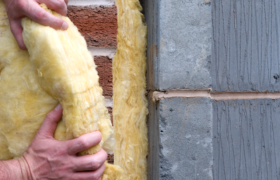
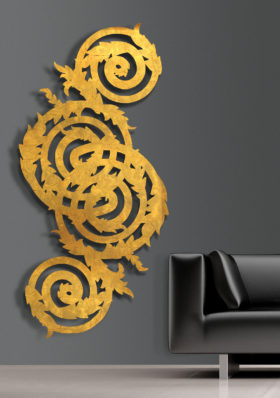


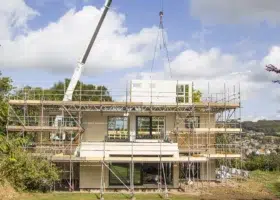
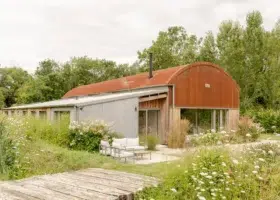
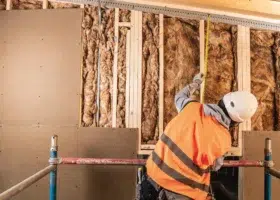
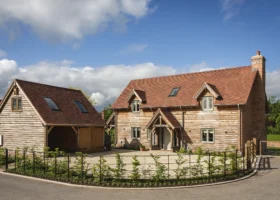
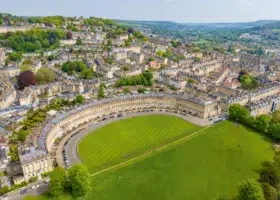

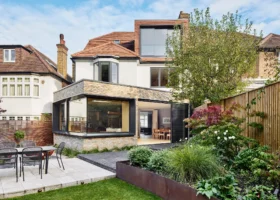
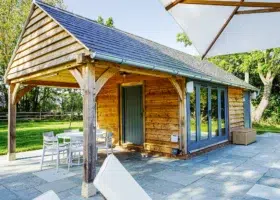
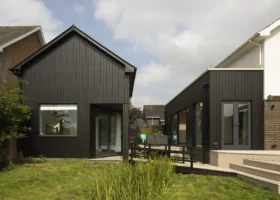
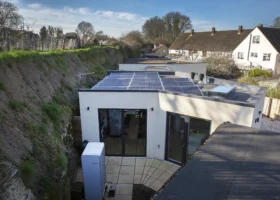




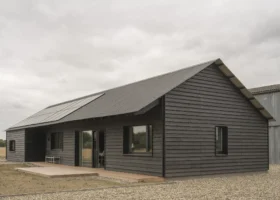
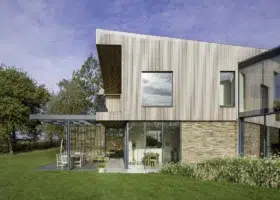
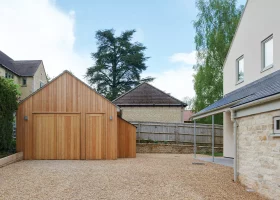
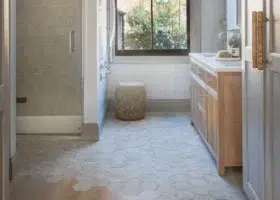

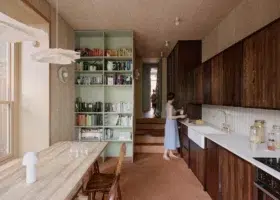








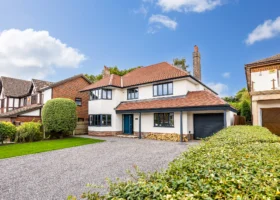



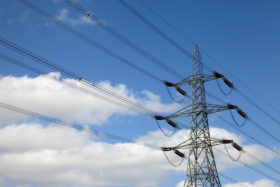
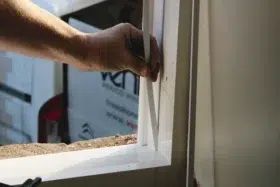
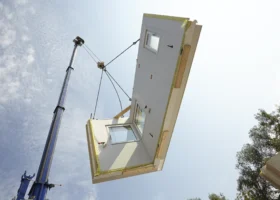

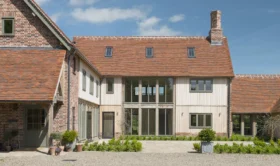
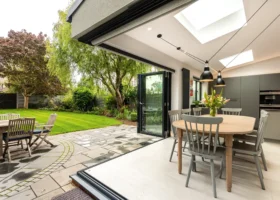
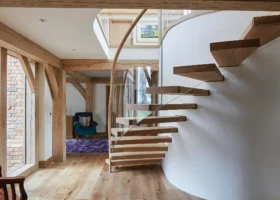
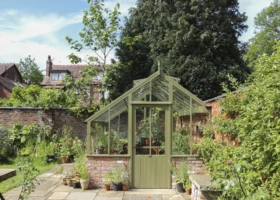


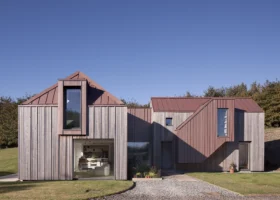
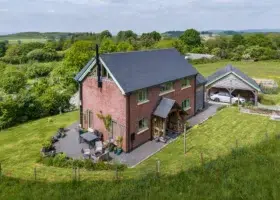
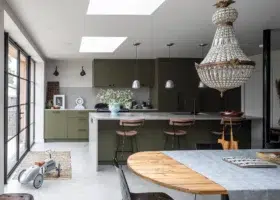
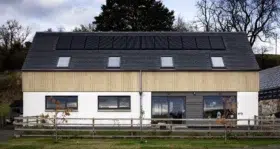


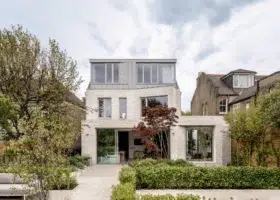
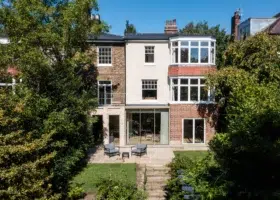
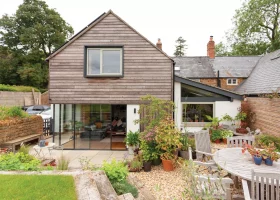

























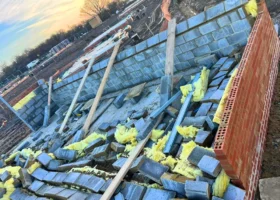







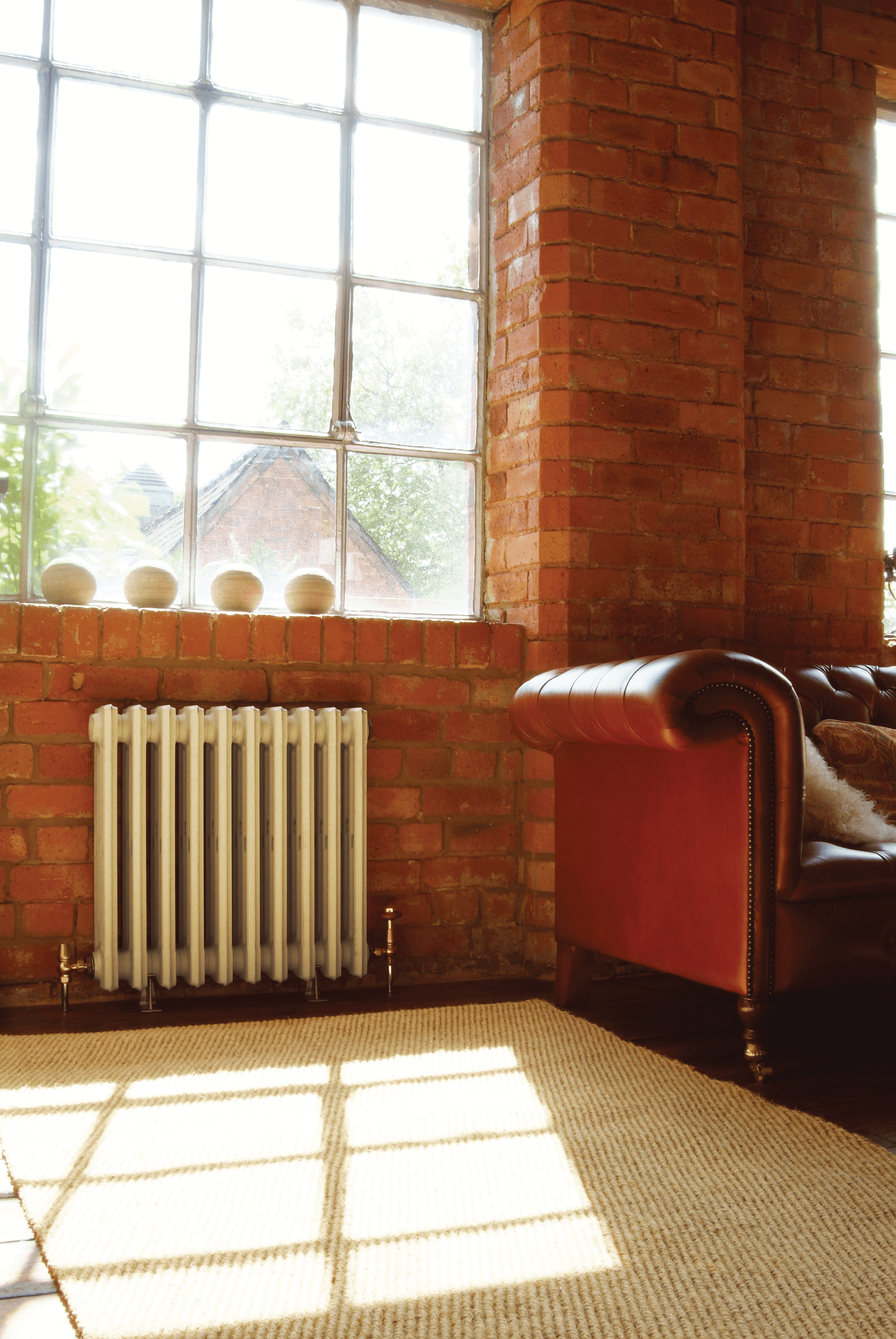
 Login/register to save Article for later
Login/register to save Article for later

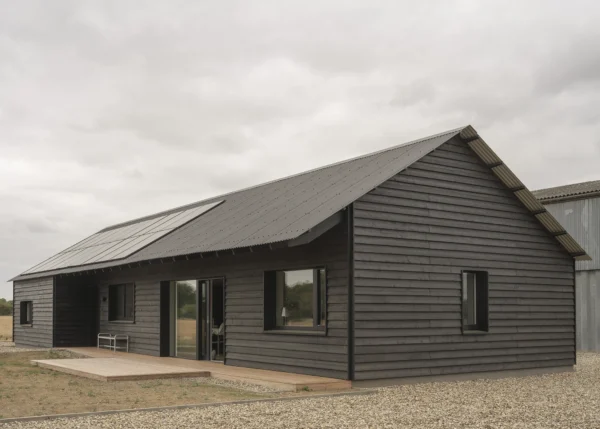
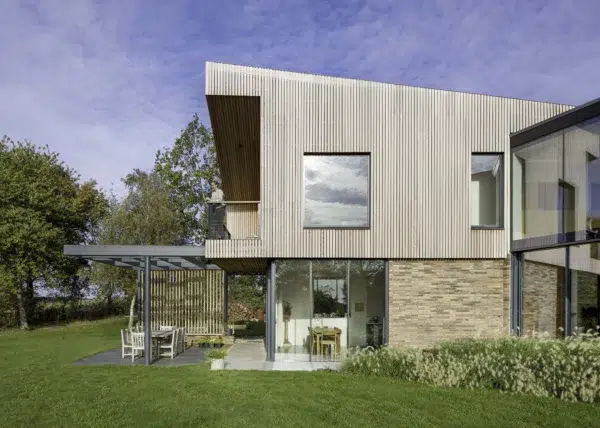

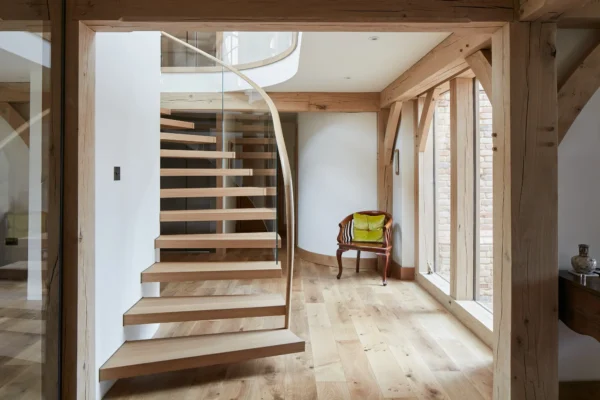
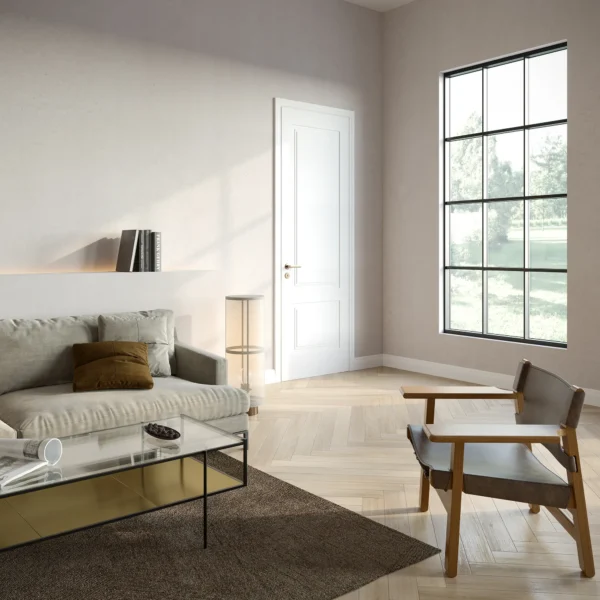
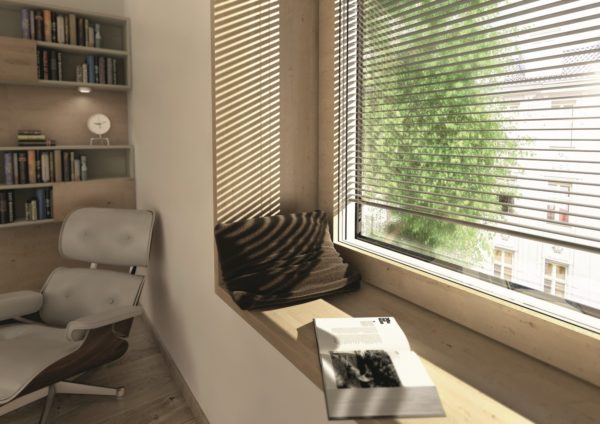
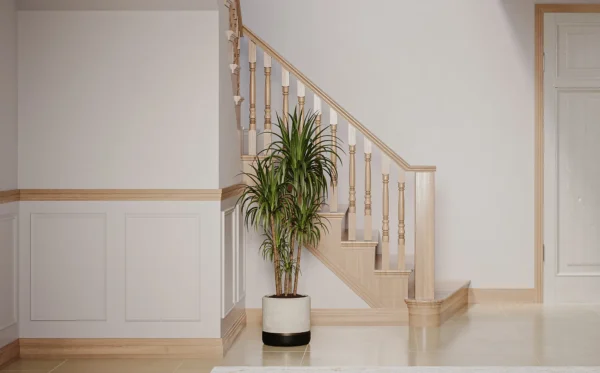





Comments are closed.